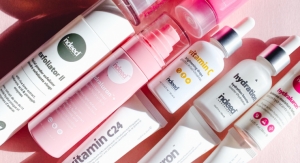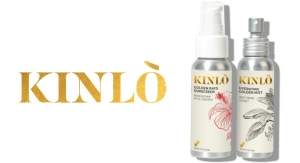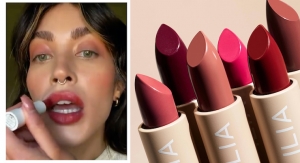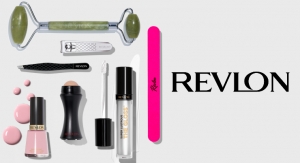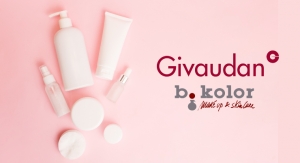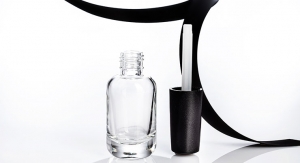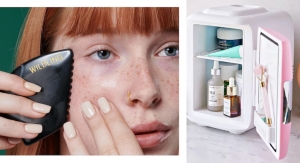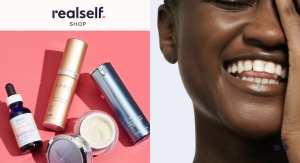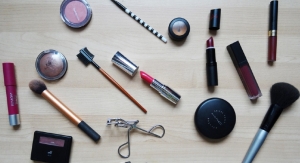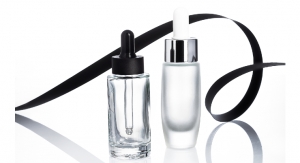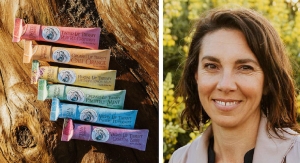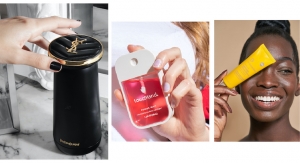Viktorija Gnatoka, Global packaging analyst, Mintel12.07.15
Gnatoka
According to Mintel’s “Facial Care Women vs. Men China 2015” report, 69% of consumers aged 20-49 who used facial skin care products in the last six months believe in using skin care products to look beautiful. But at the same time, 64% of consumers think that eating a more balanced diet will help too. Similarly, in other parts of the world, such as in the UK, 66% of female consumers consider diet the most important factor in determining the appearance of the skin, according to Mintel’s “Women’s Facial Skincare UK 2015” report.
Based on product launches in Mintel’s Global New Product Database, some brands have leveraged packaging for their food-based products to an extent that it could drive purchase based on pack alone, not just the product inside. Bubble T Cosmetics in the UK packaged their bath products in tea bags that have to be infused in the bath. La Chaise Longue in France made its strawberry-flavored bar of soap look like an ice cream bar which creates an appealing package design. Tony Moly in South Korea makes beauty product packaging look like whole fruit or vegetables, which adds a fun element but also brings novel shapes and
These and many other examples demonstrate how brands are transferring food-based beauty product attributes to packaging, emphasizing their natural benefits. However, beyond making packaging that looks like a product that could be easily found in the food aisle, some brands are also using packaging formats that are common in food categories, but are new in the beauty segment. For example, Amend RMC System Q+ Gold-Black Shampoo in Brazil retails in a pack that resembles a beer can, with the difference being that the shampoo bottle is made from plastic.
Consumers’ high awareness of the effects of a healthy diet on their appearance extends to their

